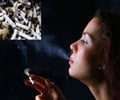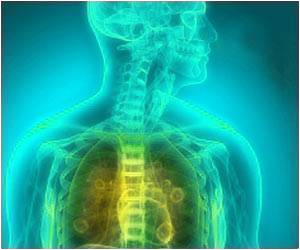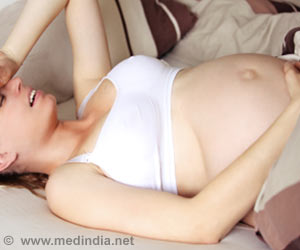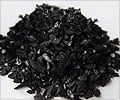
In 2011, 12,136 unintentional exposures were reported to U.S. Poison Control Centers. Carbon monoxide is an odorless, colorless, and tasteless gas that can build up to dangerous levels in unventilated areas. Symptoms of carbon monoxide poisoning include headaches, nausea, and dizziness. If left untreated, carbon monoxide exposure can lead to serious illness or even death. During and after severe winter weather, people are at an increased risk for exposure to carbon monoxide because of the use of alternative heat sources inside their homes and heating vents blocked by snow.
In this new study, investigators looked at data reported to the Connecticut Poison Control Center after two storms: a 2011 winter storm that resulted in widespread power loss and a large snowstorm in 2013. A total of 172 patient cases were identified after the power loss storm, while 34 cases were identified following the snowstorm. Researchers found that most carbon monoxide exposures occurred within the first day of a snowstorm, and on the second and third days of a power loss storm. "These results indicate that the staffing patterns and call schedules of the medical providers involved in the treatment of carbon monoxide-poisoned patients may need to be adjusted accordingly, based on the type of storm expected," says lead investigator Kelly Johnson-Arbor, MD, Department of Emergency Medicine, Hartford Hospital.
During a power loss storm, the most common sources of carbon monoxide exposure are the indoor use of gas-powered generators, propane heaters and lanterns, and charcoal grills. "Adequate ventilation is a key component of carbon monoxide poisoning prevention," explains Dr. Johnson-Arbor. "Following multiple reports of carbon monoxide exposures and fatalities after power loss storms, there has been an increase in public health education regarding the importance of avoiding indoor use of generators and charcoal grills during a storm's aftermath."
Investigators discovered that snowstorms present a different set of dangers from carbon monoxide exposure. During and following a heavy snow, people are likely to be exposed to carbon monoxide in their vehicles as well as their homes. In dwellings, large snowdrifts can block heating vents, while vehicle tailpipes can become clogged with snow that causes carbon monoxide to leak back into the car.
"Lethal concentrations of carbon monoxide can form in the passenger compartment of a snow-obstructed vehicle, even when the vehicle's windows are opened 6 inches," acknowledges co-investigator Dadong Li, PhD, Department of Research Administration, Hartford Hospital. "It is therefore important to counsel the public to examine their vehicles after snowstorms to ensure that the exhaust area is cleared of snow, prior to starting the engine. In addition, people should be advised to avoid sitting in running automobiles during and after snowstorms, unless the exhaust area has been completely cleared of snow, regardless of whether the windows are opened."
Advertisement
Source-Eurekalert











